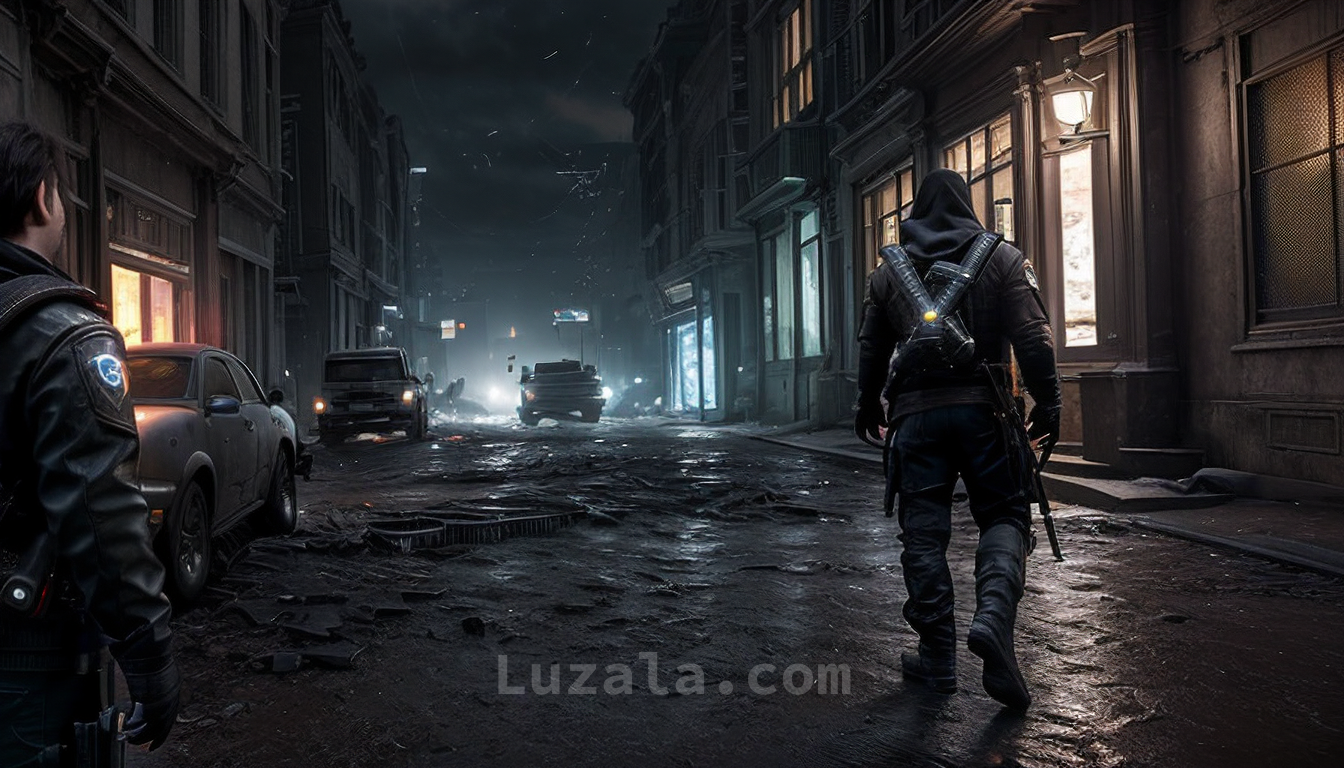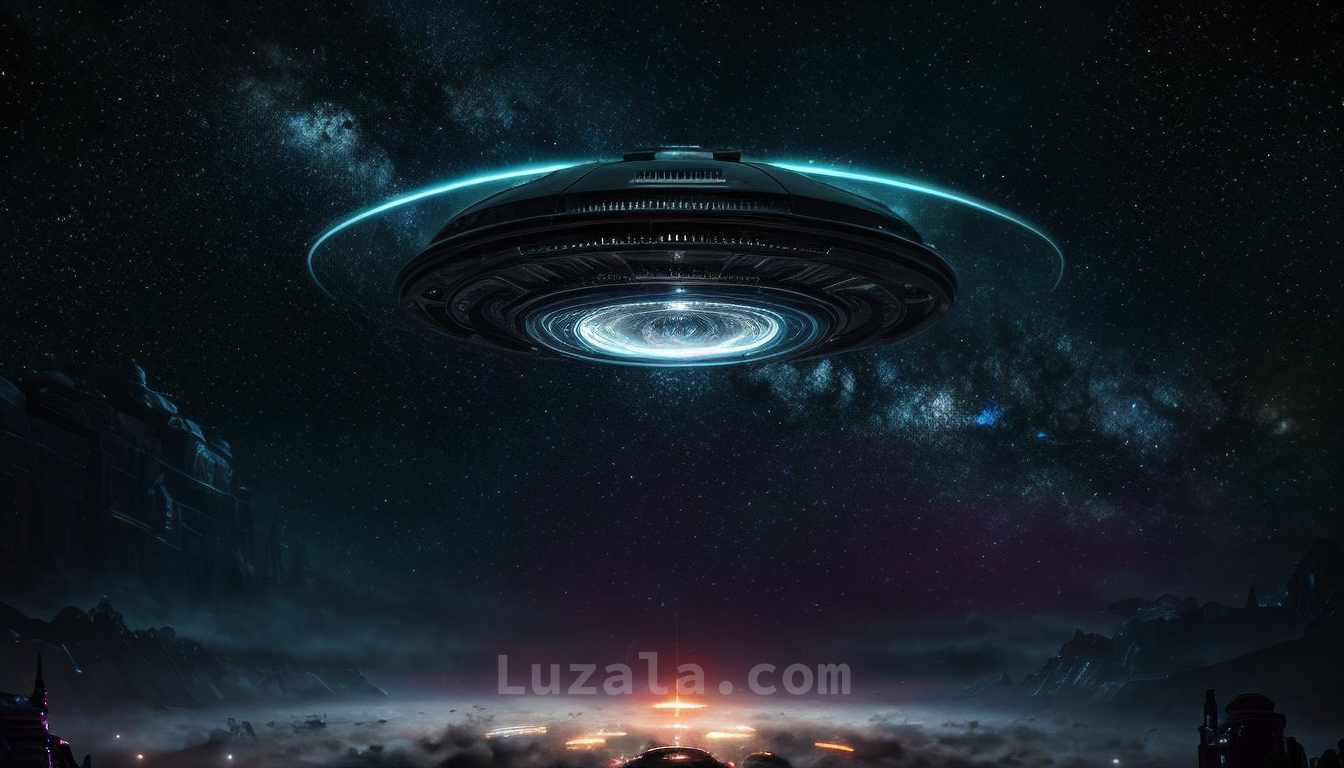Starfield Review: A Critical Look at Bethesda's Space Odyssey
Starfield, Bethesdas latest space game, is criticized for following the open-world formula, lacking depth. Comparisons to No Mans Sky highlight a contrast in exploration styles.
In recent days, millions of gamers have embarked on cosmic adventures within the highly anticipated Starfield, the latest offering from Bethesda, renowned for creating iconic titles like Fallout and the Elder Scrolls series. However, amid the excitement and wonder of exploring the vastness of space, a growing consensus has emerged within the gaming press – something about Starfield isn't quite right; it seems to be missing a certain essence.
This collective sentiment, succinctly encapsulated in Eurogamer's review and a thought-provoking PCGamesN op-ed, suggests that Starfield adheres too closely to the familiar structure of contemporary open-world games. It's a world where a central narrative is augmented by optional side quests, creating an illusion of freedom without delivering the substance, unpredictability, or genuine freedom players crave. Starfield, it seems, offers a commodified form of exploration that funnels player experiences into an endless stream of fetch quests and box-ticking busywork. Players are ostensibly free but unable to forge their narratives or imbue meaning into their adventures. Instead, they exist to consume, and the wondrous cosmos becomes a backdrop for a narrative steeped in capitalist realism.
Many have affectionately dubbed Starfield as "No Man's Skyrim," a fusion of the popular space adventure No Man's Sky and Bethesda's 2011 fantasy RPG classic. While there are undeniable similarities, these are fundamentally distinct games, and it's these differences that shed light on what might be amiss with Starfield.
Personally, I belong to the minority of gamers who embraced No Man's Sky from the outset, even during its early days when it lacked promised multiplayer and had less-than-stellar visuals. To me, it represented genuine cosmic exploration – a peculiar and immensely hostile universe teeming with perilous yet stunning worlds, all intertwined with an enigmatic narrative about the origins of existence. No Man's Sky has since undergone substantial updates, cementing its success, but it remains true to its roots as an open canvas for player experimentation and imagination.
In many ways, No Man's Sky and Starfield epitomize two contrasting forms of space games, each influenced by distinct eras of science fiction. Starfield, with its emphasis on naturalistic, action-packed drama and high-tech combat encounters, belongs to the post-Star Wars era. It's approachable, fast-paced, and replete with warring factions and roguish space pirates. Interestingly, players don't need to navigate their spaceships much, as instant travel options abound – docking, landing, and taking off are mere instants. The player's interaction with their ship mirrors the Star Wars viewer's relationship with the Millennium Falcon or Imperial star destroyer – it's essentially a cool object with aesthetic charm and some laser cannons.
No Man's Sky, on the other hand, draws inspiration from the more unconventional and surreal sci-fi of the 1960s and early 1970s – an era encompassing classics like 2001: A Space Odyssey, Silent Running, Dark Star, and Solaris, and the vivid cover art of Chris Foss and Richard Powers. The game's trippy soundtrack, vibrant and almost hallucinogenic colors, bizarre flora and fauna, and desolate, lonely planets capture the essence of movies and novels from the psychedelic era. Its fascination with spacecraft mechanics and space science, reminiscent of the Apollo and Sputnik missions, fosters a sense of surreal wonder coupled with constant danger and existential dread.
In the realm of video games, this approach to space exploration traces its origins to the 1984 classic Elite and its later iteration, Elite Dangerous – a domain marked by freedom, grace, style, solitude, and peril. When I queried Twitter for favorite space exploration games, responses consistently pointed to experiences like these. Games such as the mind-bending time-loop adventure Outer Wilds, the brutally authentic Kerbal Space Program, the indie space odyssey Noctis, the procedurally generated Earth Analog, and the surreal Everything garnered mentions. Notably, few of these titles feature fetch quests or cyberpunk gangs or customizable laser blasters. They are characterized by isolation, austerity, and a bewildering ambiance.
To be fair, Starfield does boast its share of breathtaking moments. The planets are visually striking, and the architecture of numerous spaceports and abandoned research facilities is rich in detail. However, these environments often feel like stage sets or theme park attractions. Players move through them, with one eye on their quest list and the other scanning for loot, all while the unreachable stars loom above. In this milieu, there is no room for cosmic horror or existential yearning.
A decade ago, The Guardian interviewed astronaut Chris Hadfield about his experience being stranded on the exterior of the International Space Station after an explosion. One statement he made resonated with what makes a genuine space exploration game: the amalgamation of spectacle, solitude, and vulnerability. He remarked, "I just sat there floating, trying to soak up the experience. Alone in the universe, with that view."
In the realm of video games, one of the enduring pleasures, albeit diminishing, is the opportunity to receive game recommendations from designers, academics, writers, and industry analysts via platforms like Twitter. It was through such a recommendation that I stumbled upon the peculiar yet stylish steampunk western platformer, Gunbrella, courtesy of AI researcher and game designer Mike Cook. I'm genuinely grateful for this discovery.
Gunbrella offers a slick, fast-paced experience, with the titular gadget doubling as both a shotgun and an umbrella capable of deflecting incoming bullets and gripping ziplines. It evokes memories of the crisp and irreverent platformers from the Commodore Amiga era, delivering a compact and highly engaging experience, serving as a refreshing interlude between extensive Starfield sessions.
In conclusion, Starfield's reception among gamers and critics alike has triggered discussions about the evolution of space exploration games. While Starfield represents a more accessible and action-oriented approach inspired by post-Star Wars sci-fi, No Man's Sky, and games from its lineage, stand firmly rooted in the trippy and enigmatic sci-fi of the 1960s and early 1970s, offering a distinct sense of wonder and peril. The ongoing debate highlights the diverse tastes of gamers and underscores the need for variety and innovation in the space gaming genre.
The Evolution of "Slow Start" in Video Games
The notion that games need to "get good after X hours" has become a prevalent trend in modern gaming, leaving players to wonder why games can't be captivating right from the start. This phenomenon is a relatively recent development in the gaming landscape, and its evolution can be traced through the history of video games.
In the early years of the gaming industry, which spanned roughly the first two decades, arcade-style games dominated the scene. During this era, it was crucial for games to hook players instantly. Titles like Space Invaders, Pac-Man, and Frogger were designed around straightforward and immediately accessible concepts. Gameplay was structured to loop quickly and simply, ensuring that players were engaged right from the beginning.
As the industry transitioned towards home gaming with more powerful hardware, the design philosophy evolved. Even iconic titles like Final Fantasy, Super Mario Bros, and later Tomb Raider and Resident Evil were predominantly linear experiences. Game designers often front-loaded the most visually impressive levels because those were the ones most players would encounter. The goal was to create a captivating initial experience to draw players in.















Comments